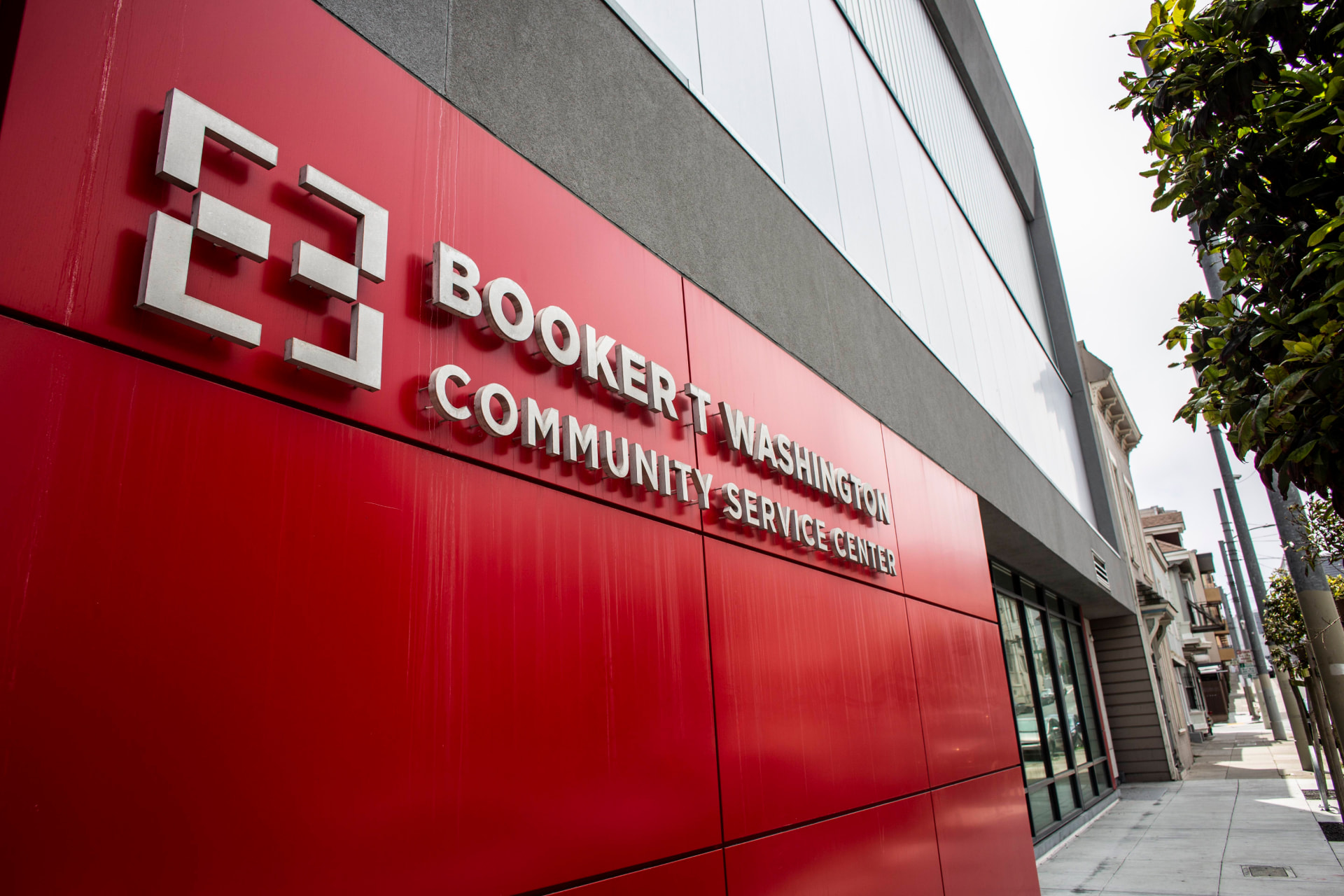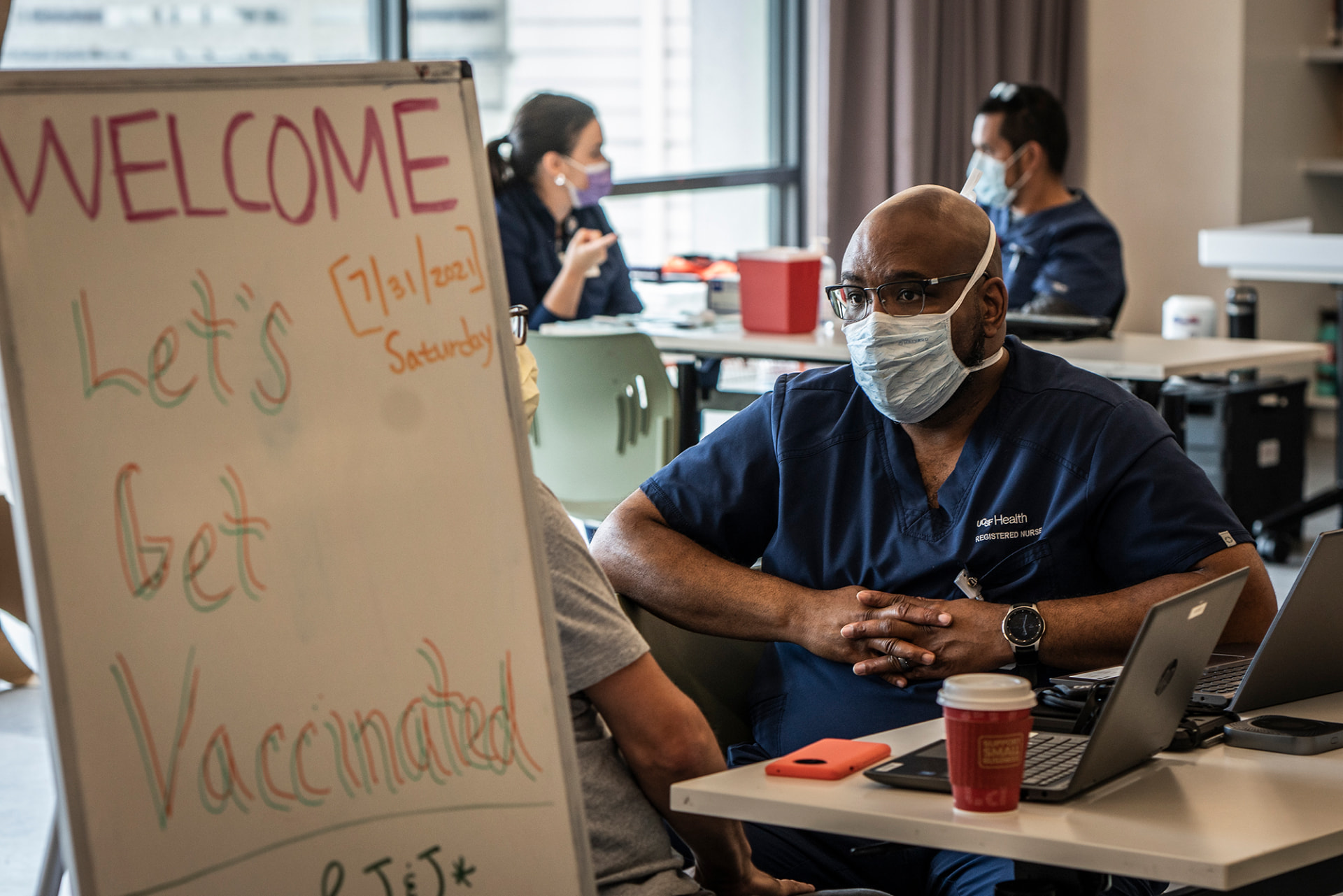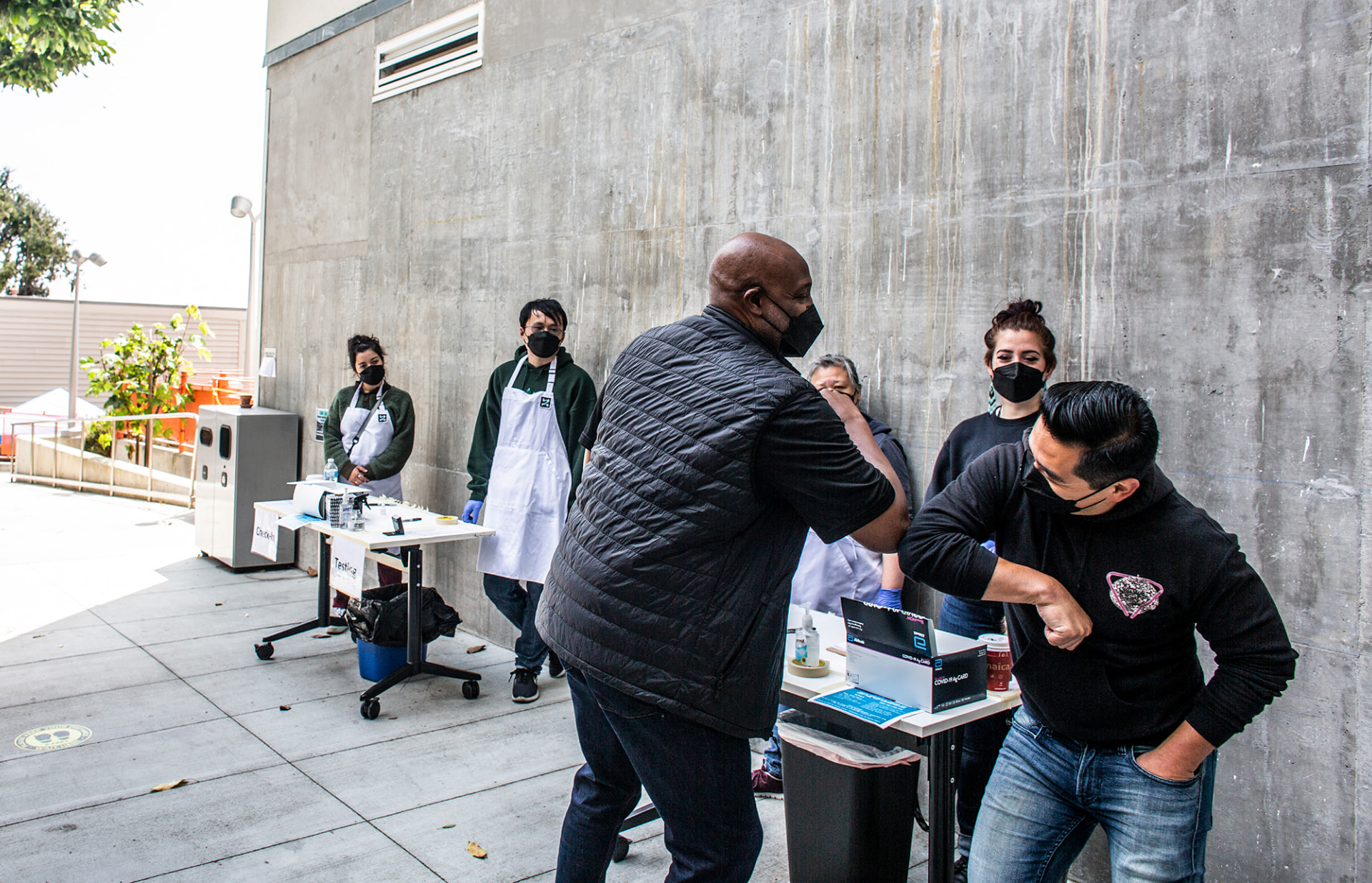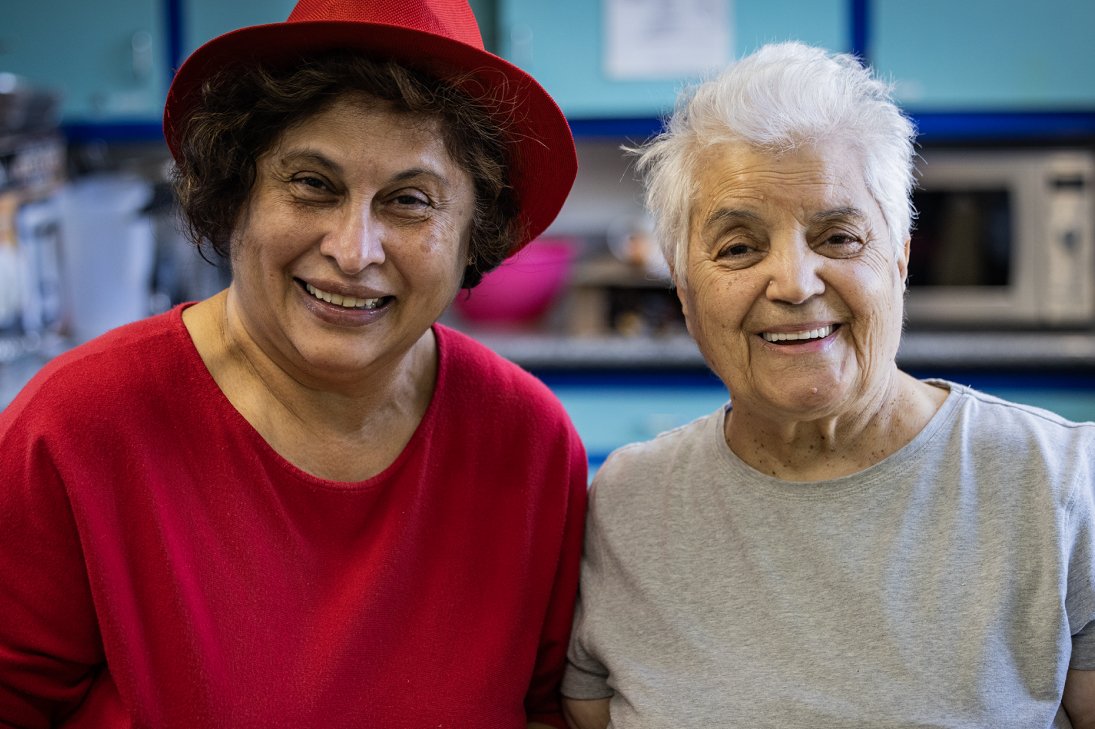Located on the border of the Mission and Excelsior districts in San Francisco is the Mission YMCA – a meeting point, second home, and third space for people in San Francisco’s District 11 and surrounding communities. While the Y has been providing this multicultural community with integrative, all-ages services and programming since 1953, the Mission Y is popular for its Active Older Adult (AOA) program that today serves over 400 elders. The guiding principle of the elder programming is Be, Belong, Become, but this phrase has also become a mantra, not only for the elders who benefit from and participate in the Y’s programming, but also as motivation for the youth and staff.
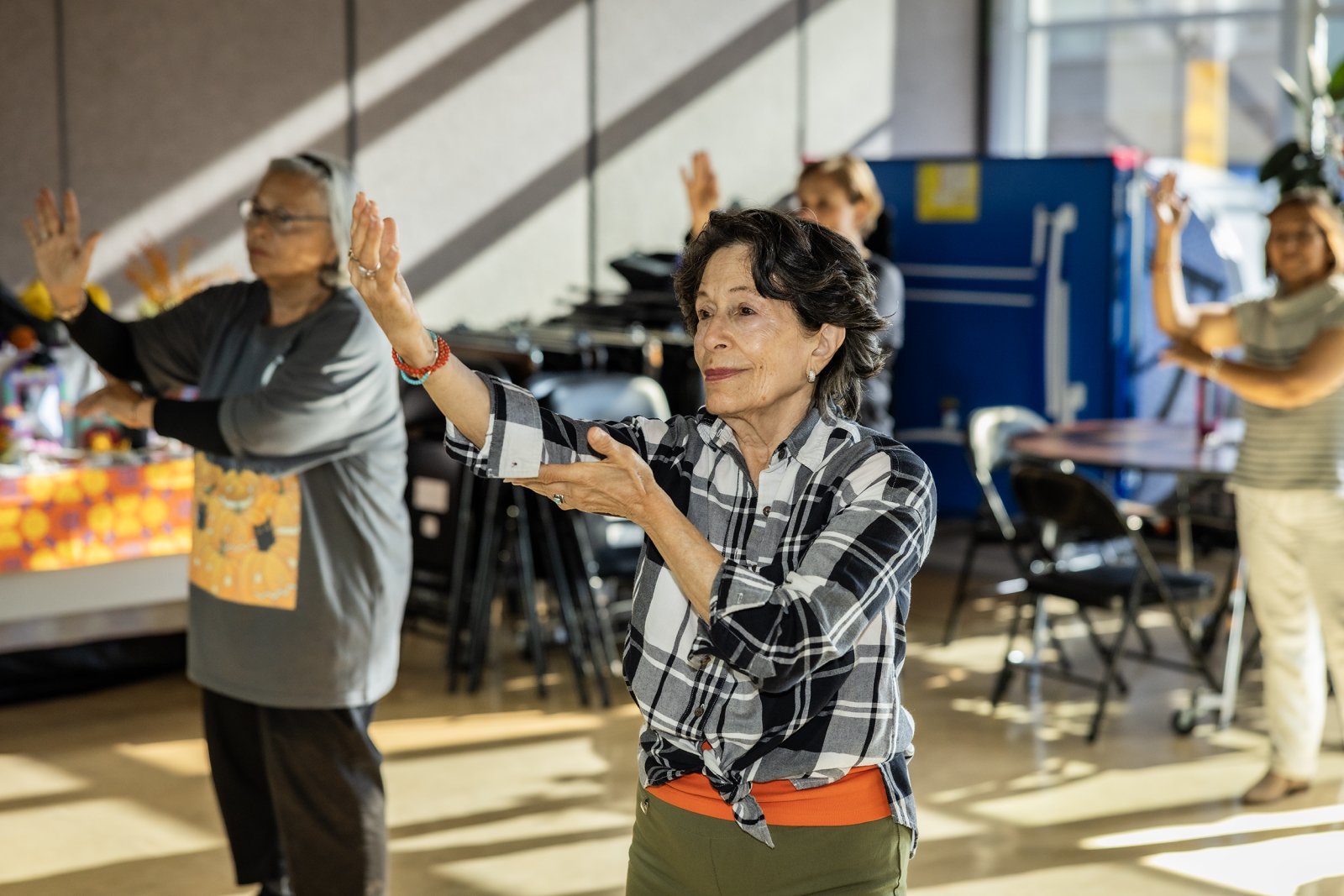
Kari Lee, the Y’s Associate VP of Operations and Diversity, Equity, and Inclusion (DEI), is a 30-year veteran of the San Francisco YMCA community and was a participant in the Y’s youth program along with her siblings. This lived experience adds to Ms. Lee’s dedication to the development of the senior programming.
“Our programs provide a space for all elders to stay sharp, and offers them an all-encompassing 360 degrees of support. The Mission Y will continue to be a support hub for anything and everything that the elders need.” – Kari Lee, Associate VP of Operations and Diversity, Equity, and Inclusion, the Mission YMCA
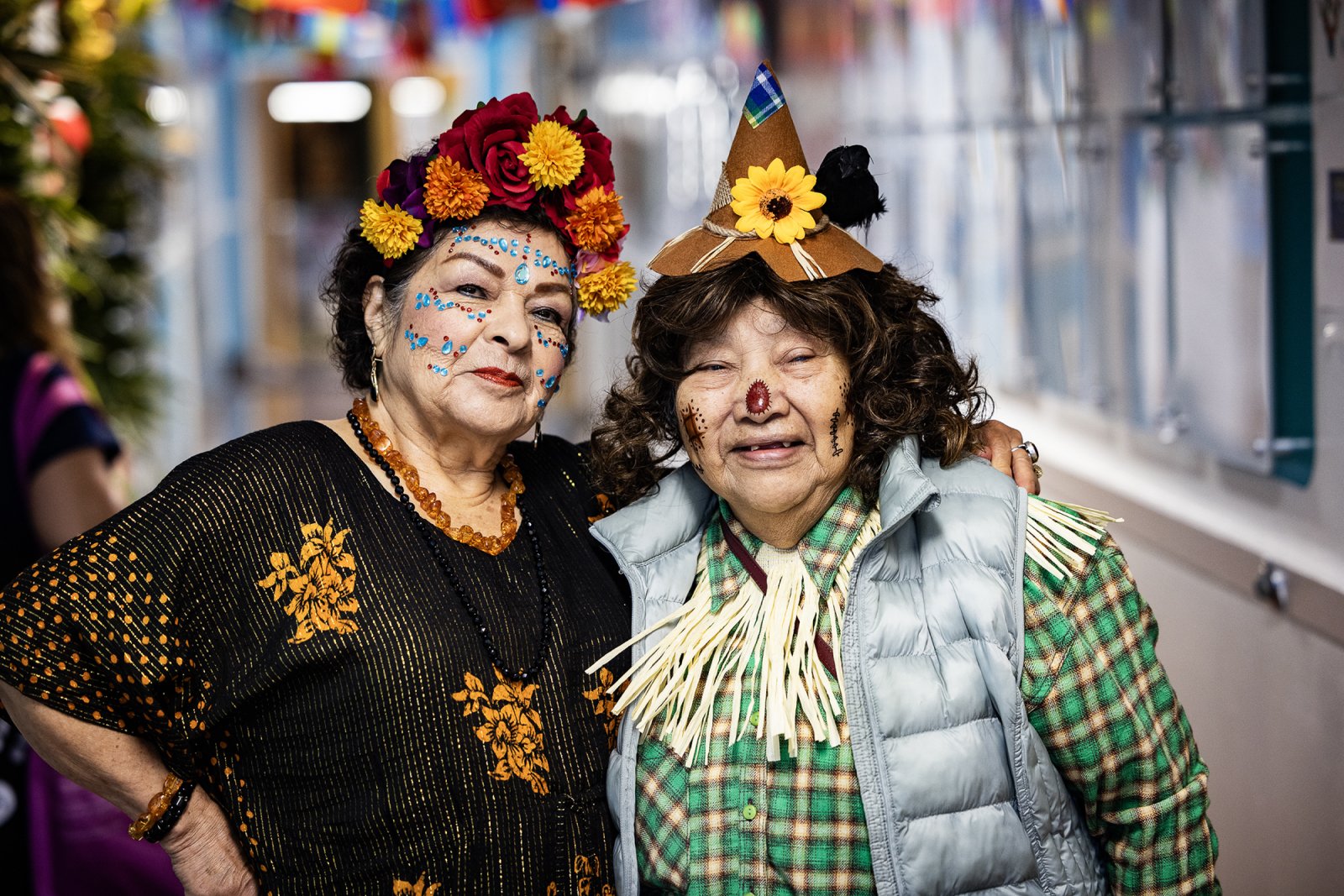
Daily exercise classes and NIA classes—a blend of dance, choreography, yoga, mindfulness, and breath work—encourage the elders to connect with their bodies and cultivate joy in movement. Participants also thrive in music and dance programs, which foster a sense of playfulness and connection to their inner child. Weekly art classes and cultural celebrations bring the community together, offering seniors the chance to express creativity, share home-cooked dishes at potlucks, and honor diverse cultural traditions. Through these activities, the elders deepen their sense of belonging.
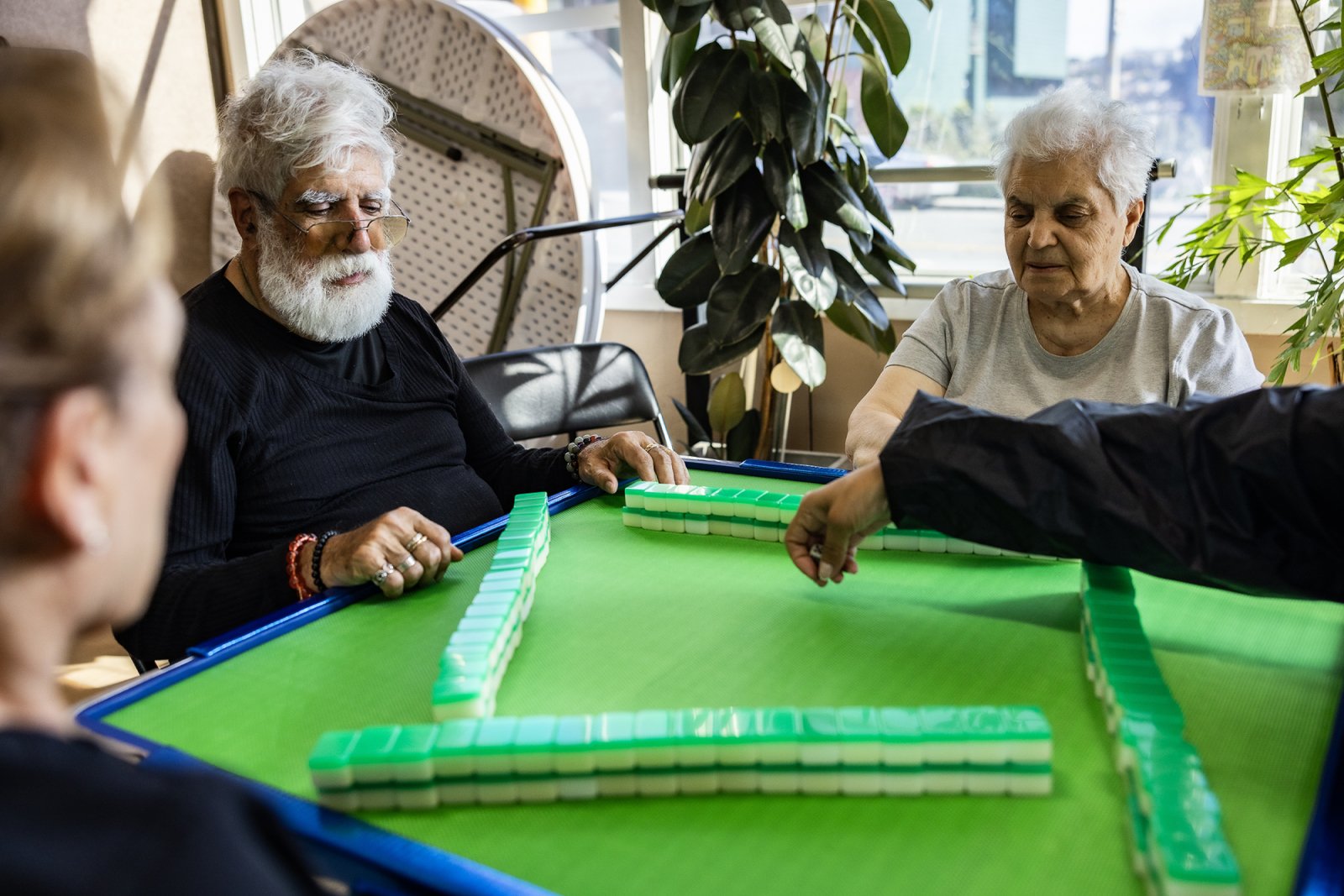
The Y also offers health and wellness workshops, including classes on managing blood pressure, diabetes, and mobility challenges. Through partnerships with organizations like the Alzheimer’s Association, the Y provides educational programs on recognizing early signs of dementia and offers guidance for caretakers. Programs such as “Brain HQ” engage seniors in cognitive exercises to maintain mental sharpness. Beyond health education, the Y offers social services to help seniors navigate essential resources, providing support with tasks ranging from reading a letter to arranging transportation for medical appointments. This holistic approach to wellness supports the participating elders in leading healthier and more connected lives.
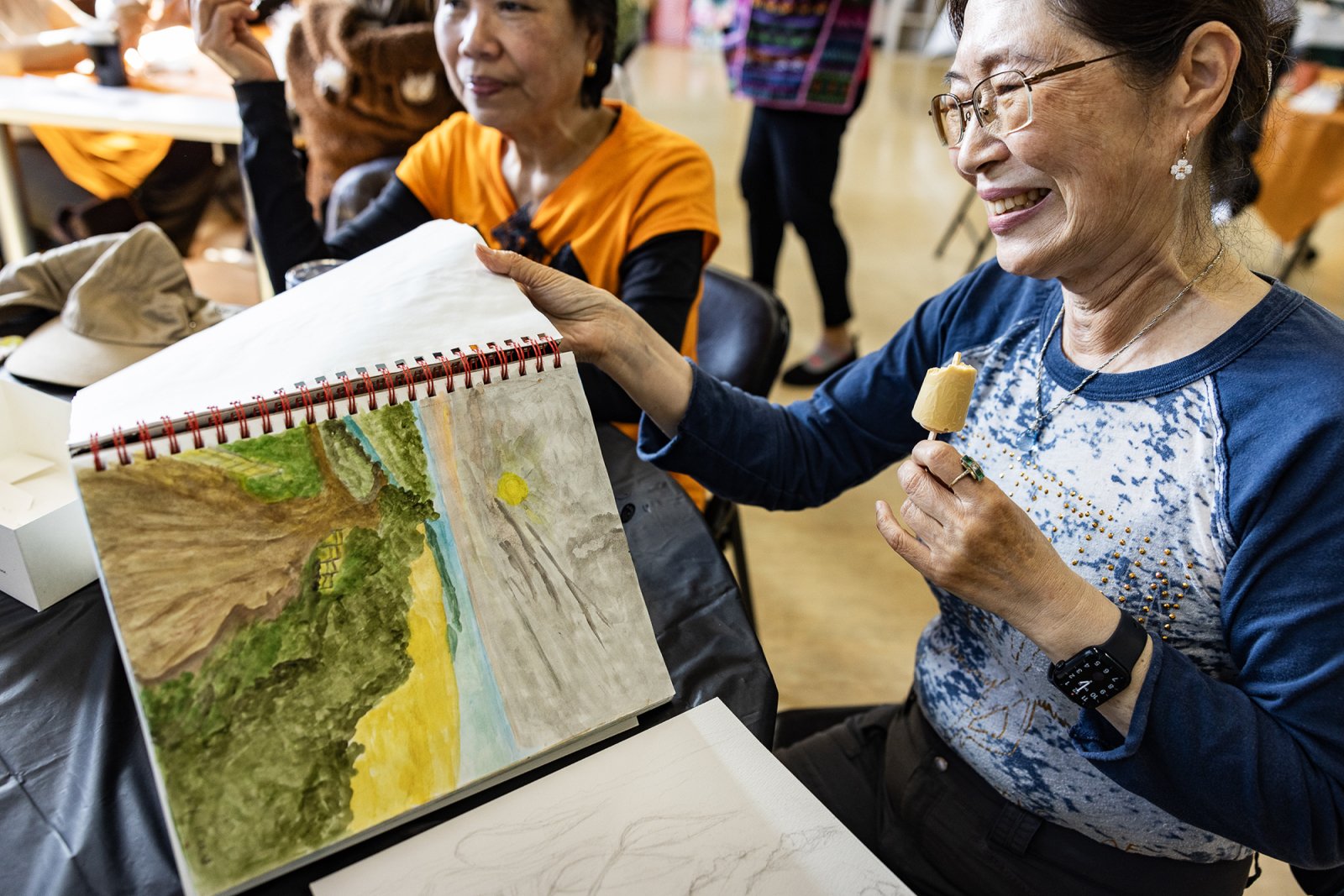
For Ms. Lee, this also means synthesizing the pivots made during pandemic–along with its painful realizations about health disparity–and bringing those findings into present day practices.
“One misconception about elders is that they’re not willing to learn new things.” – Karla Diaz, Director of Community and Youth Programming
According to CDC data, the death rate for Black, Latino, Asian, and Native American populations is 1.7 to 2 times higher than that of Caucasians. This disparity led to a dramatic decrease in life expectancy, with the Latino population losing over three years and the Black population experiencing a reduction of about 2.7 years. While the pandemic faced challenges such as segregation, social isolation, language and tech barriers, and unemployment, organizations like the YMCA plays a vital role in nurturing a sense of identity, belonging, and well-being within the broader community. For elders specifically, it is an absolute lifeline.
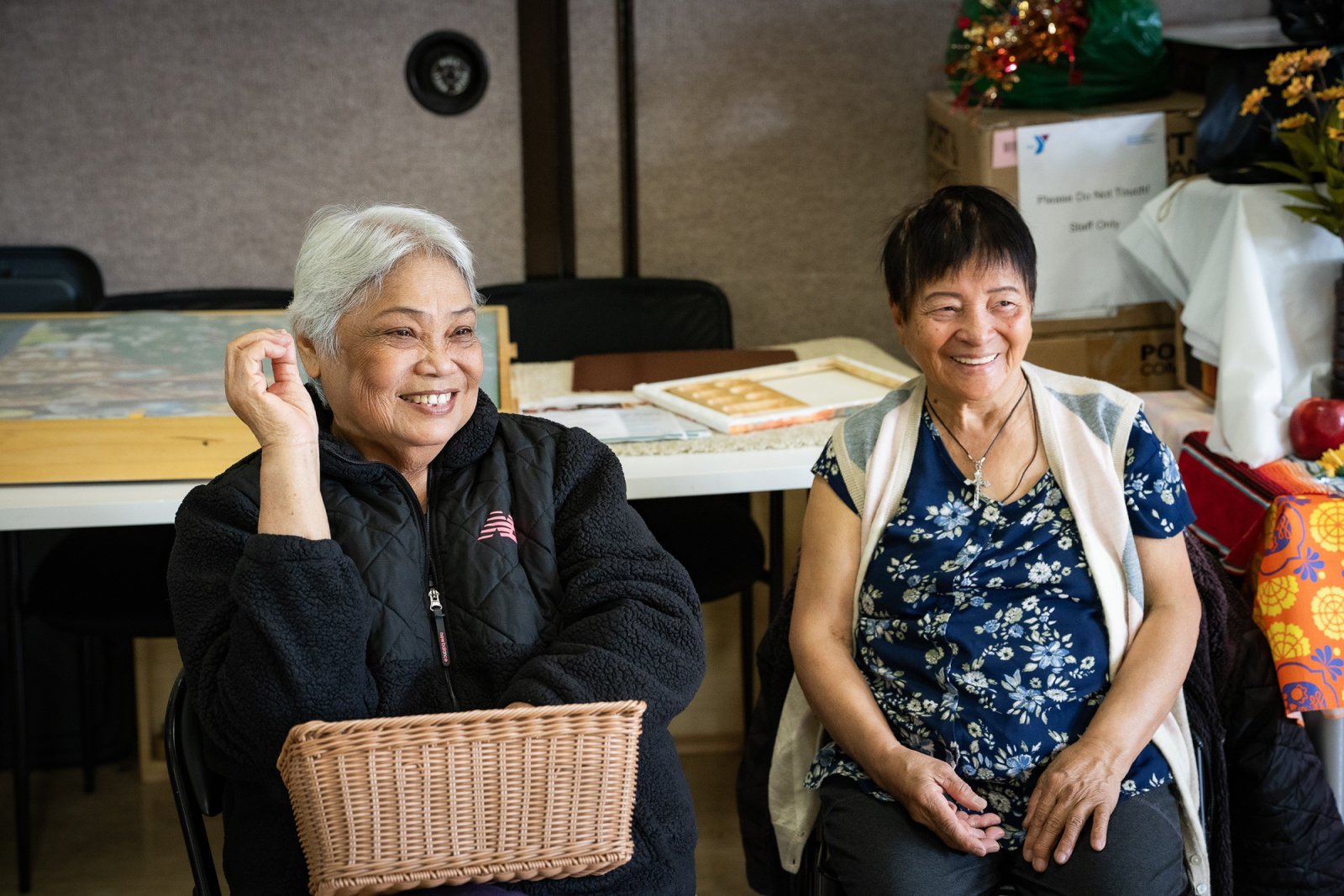
One of the Mission Y’s elders shared with Ms. Lee that if she weren’t at the Y, she’d be home alone “doing nothing.” With the support of Metta Foundation’s commitment to racial equity and historically excluded communities, the Mission YMCA can continue to build on their AOA programming that includes daily exercise classes, weekly art classes, health and wellness workshops, cultural celebrations, and field trips.
Art programming is popular with the elders. “Some of them are doing art for the first time, and having a creative outlet gives them a sense of pride,” says Ms. Diaz. “It’s really nice to see them embrace new skills and show off their progress.” Ms. Diaz says that the elders at the Y are resilient and despite suffering disproportionately during COVID-19, they fought to maintain contact with the Y’s staff and push for classes as soon as they were in the clear.
The COVID-19 pandemic significantly changed how the YMCA serves its senior community. When in-person gatherings were restricted, the YMCA swiftly adapted by moving check-ins online and conducting regular phone calls with seniors to mitigate isolation. They expanded their food pantry program to include a second distribution with clothing, toiletries, and other essentials.
“Our food pantry became the focus during the pandemic. It allowed us to check in on folks, especially our volunteers, who found purpose and connection through these interactions.” – Karla Diaz, Director of Community and Youth Programming
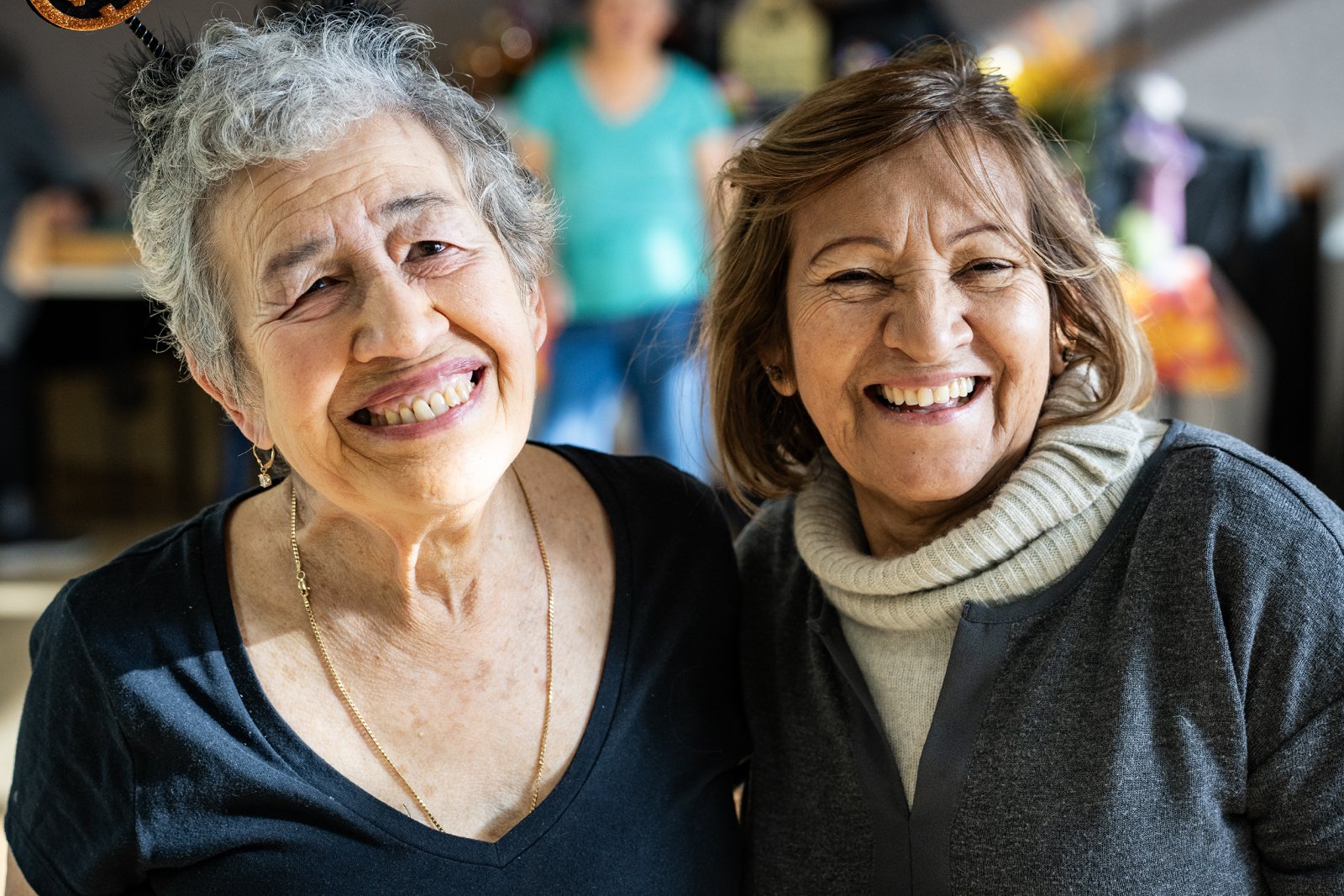
When in-person programming resumed, seniors expressed deep gratitude.
“We very much take the folks in the building seriously and make sure we take the extra effort to engage with them at whatever level they’re at,” says Ms. Diaz. “Everyone who’s here makes that extra effort to make folks feel special. It’s meaningful that everyone here appreciates them, because for a long time, during the Pandemic outside of this building, they felt like their opinions didn’t matter or like they were becoming irrelevant.”
“People light up when they talk about home. We try to find ways here to highlight everybody’s culture. We don’t have translations for everything, but we learn about each other’s cultures through music and dance.” – Karla Diaz, Director of Community and Youth Programming
The Mission YMCA serves a diverse elder community, with 90% of its participants identifying as immigrants and that hail from nearby neighborhoods like the Excelsior, Bernal Heights, and Mission Terrace. Having programming – and staff (75% of YMCA staff are bilingual and from nearby neighborhoods like the Excelsior and Mission Terrace) – that represent a multitude of cultures is important to the elders, as is working with staff members who can speak their language. Ms. Diaz notes that the Y’s multicultural foundation is crucial to fostering inclusion.
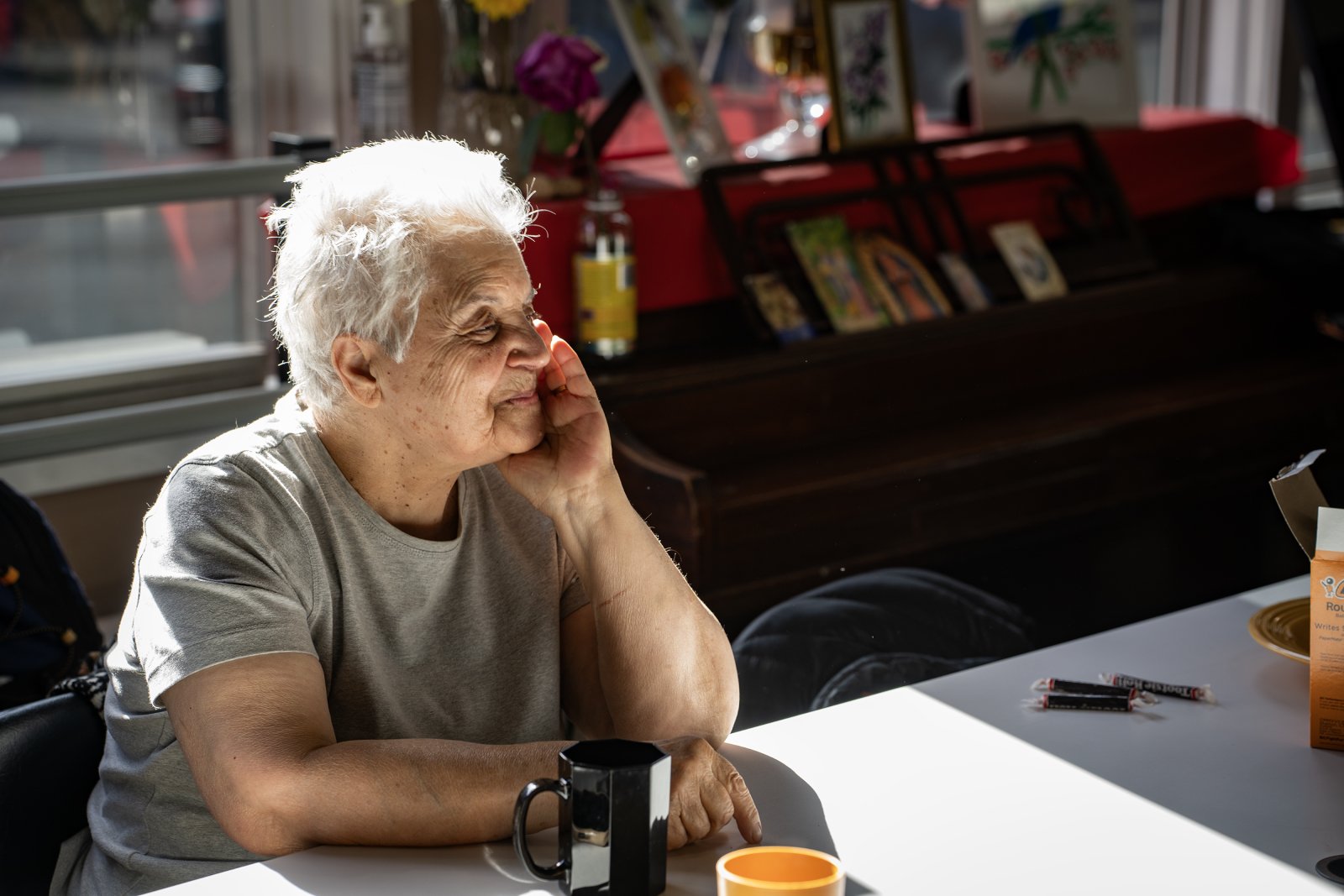
“People light up when they talk about home,” she says. “We try to find ways here to highlight everybody’s culture. We don’t have translations for everything, but we learn about each other’s cultures through music and dance.” During Welcoming Week, a nationwide event that celebrates the impact of our immigrant communities, “It turns into this beautiful honor circle—a storytelling moment that’s sometimes a bit challenging to start, but once they do it, they’re really into it.”
For elders who may lack close family nearby or live in a single-room apartment, the YMCA is more than just a gathering place—it’s a sanctuary. Without the Y, many elders would continue to feel disconnected from others. “Social isolation is always top of mind for us,” says Diaz.
Thankfully, Ms. Lee, Ms. Diaz, and the rest of the caring staff at the Y are ensuring that fewer and fewer elders have to face anything alone.
Story by Sahara Marina Borja; Photography by Jean Melesaine.
